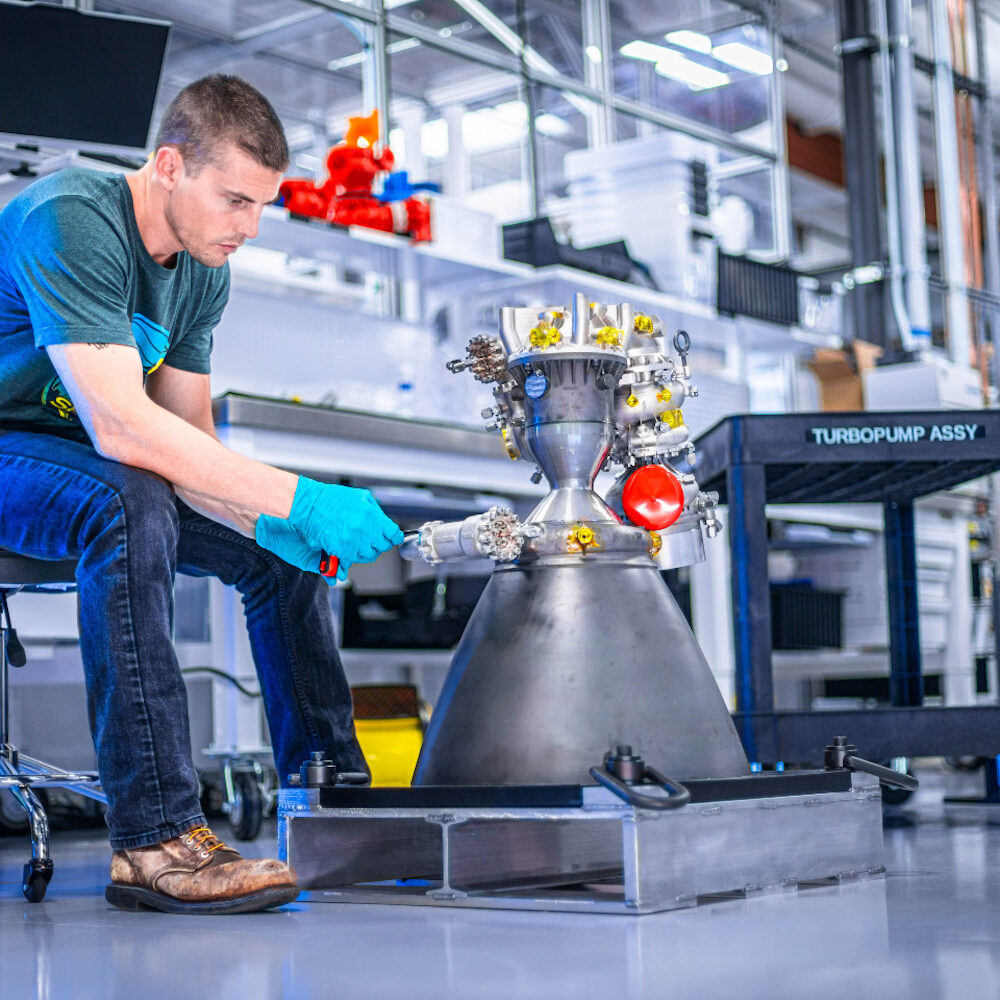Why a diabetes drug fell short of anticancer hopes
Studies suggested it could treat cancer, but the clinical trials were a bust.

Pamela Goodwin has received hundreds of emails from patients asking if they should take a cheap, readily available drug, metformin, to treat their cancer.
It’s a fair question: Metformin, commonly used to treat diabetes, has been investigated for treating a range of cancer types in thousands of studies on laboratory cells, animals, and people. But Goodwin, an epidemiologist and medical oncologist treating breast cancer at the University of Toronto’s Mount Sinai Hospital, advises against it. No gold-standard trials have proved that metformin helps treat breast cancer—and her recent research suggests it doesn’t.
Metformin’s development was inspired by centuries of use of French lilac, or goat’s rue (Galega officinalis), for diabetes-like symptoms. In 1918, researchers discovered that a compound from the herb lowers blood sugar. Metformin, a chemical relative of that compound, has been a top type 2 diabetes treatment in the United States since it was approved in 1994. It’s cheap—less than a dollar per dose—and readily available, with few side effects. Today, more than 150 million people worldwide take the stuff.

The French lilac, Galega officinalis, has been used medicinally since medieval times, including for symptoms associated with diabetes. Investigations of the plant’s chemical galegine led to the development of metformin, a related molecule synthesized in the lab. Credit: Wikimedia Commons
Metformin has a variety of effects, such as improving immune function and the body’s responses to insulin, which in turn regulates blood sugar. It can also slow growth of cancer cells in the lab. Many of these benefits seem to stem from metformin’s action in the cell’s powerhouses, the mitochondria, where it slows the production of energy and limits the generation of damaging chemicals called free radicals.
Researchers have considered metformin for treating a plethora of conditions, from glaucoma to polycystic ovary syndrome to pimples. “It really has a reputation of being a potential wonder drug,” says Michael Pollak, an oncologist and researcher at McGill University in Montreal. “There’s still a lot of work to be done on metformin.” (Pollak consults for biotechnology companies interested in metformin analogs as medicines.)
But the latest research has convinced Pollak and some others that treatment of cancers should be taken off the list.
More studies, but no proof
One of the first hints linking metformin to anticancer effects came in a short note in the British Medical Journal in 2005. Researchers analyzed medical records of almost 12,000 people from the Tayside region of Scotland who were newly diagnosed with diabetes between 1993 and 2001. Of those, more than 900 went on to develop cancer. Interestingly, those who’d taken metformin at some point during the study period were 23 percent less likely to have received a later cancer diagnosis.
This finding fueled further research on people with diabetes taking metformin and the risk for breast cancer, liver cancer, ovarian and endometrial cancer, and other types. The authors of a 2013 analysis, covering more than 1 million patients in 41 observational studies like the original one, concluded that metformin “might be associated with a significant reduction in the risk of cancer.” But such associations are not proof.
Researchers went on to explore the link in studies with cells in dishes and in lab animals, finding that metformin slowed growth of blood, breast, endometrial, lung, liver, stomach, and thyroid cancer cells. It also seemed to make cancer cells extra sensitive to chemotherapy drugs. In one mouse study, scientists grafted human breast, prostate, or lung cancer cells into the animals and treated them with either standard chemotherapy drugs, metformin, or a combination of both. The combination worked best, preventing tumor growth and prolonging relapse.
These findings made sense to researchers. Metformin treats metabolic problems in diabetes, and cancer has also been linked to metabolic issues such as obesity. Even before the 2005 British Medical Journal study, Goodwin had noticed that breast cancer patients with high insulin did worse than those with normal insulin levels.
That logic, plus the promising data, led scientists to conduct a number of randomized controlled trials—the gold-standard experiment in medicine. Researchers would enroll people with cancer and split them into two groups. One group would get standard cancer therapy plus metformin; the other group would get standard therapy plus a placebo, a pill containing no medication.
And metformin flopped, big time. While a number of studies are ongoing, trials for two types of cancer recently reported no benefit overall from metformin. In June 2024, at the American Society of Clinical Oncology meeting in Chicago, researchers reported a Canadian trial with 407 men with low-risk prostate cancer. The enrollees had been diagnosed within six months before starting the trial and had decided to monitor their cancer without starting immediate treatment. Half took metformin and half took a placebo. After biopsies at 18 and 36 months to test whether their disease had progressed, there was no difference between the two groups.
A larger British and Swiss trial including nearly 1,900 patients with newly diagnosed or relapsed prostate cancer that had spread to other body parts was reported at the European Society for Medical Oncology Congress in Barcelona, Spain, in September. This trial also found that metformin plus standard treatment, compared to standard treatment alone, did not improve overall prostate cancer survival in the study population.
A multinational study of breast cancer helmed by Goodwin also led to disappointment. The researchers enrolled more than 3,600 patients between 2010 and 2013; these patients had been diagnosed about a year before enrollment and had already undergone chemotherapy and surgery. In addition to standard cancer treatment, half received metformin and half received a placebo.
By 2016, it was clear that metformin wasn’t doing anything to enhance survival for about 1,100 participants with a particular cancer subtype. When the study wrapped in 2020, the researchers analyzed the rest of the patients, counting how many were alive and free of breast or any other form of cancer. Metformin made no difference in those results, or to survival overall, the team reported in 2022.
Fatal flaws in the research
In retrospect, researchers think they know why earlier studies oversold metformin’s potential. Many of the studies that examined medical records had a crucial flaw, says Samy Suissa, a pharmacoepidemiologist at McGill.
Here’s what happens: Researchers sift through old medical records to see if someone ever took metformin. Then they compare cancer rates among people who took the drug at any point to those who never took it. But you have to be alive to take metformin. Anyone who died, of cancer or other causes, before having a chance at a metformin prescription is left out of the calculations. This skews the results; it’s called the “immortal time bias.” It makes any drug, metformin or otherwise, look like it helps patients to survive because it can only be taken by people who are alive, says Suissa.
Plus, scientists are more likely to publish studies that show metformin is promising than ones where it makes no difference, skewing the scientific literature.
As for those studies of cells in dishes and of lab animals, many experiments used much higher doses of metformin than are used in people. Too much metformin risks a buildup of lactate, a byproduct of low oxygen metabolism that acidifies the blood and can be fatal.
Researchers still suspect metformin might treat specific subgroups of cancer. For example, the authors of the prostate cancer trial presented in Barcelona suggested that metformin might help patients whose cancer has spread to other tissues or multiple sites in their bones. And Goodwin saw a hint in her trial that it might help women whose cancers contain a certain version of a cell-growth gene called ERBB2. But it would require another trial, focused on women with that particular cancer, to prove it.
And there are now better treatments for those patients than there were more than a decade ago when Goodwin started her study, reducing the opportunity to test metformin. Goodwin doesn’t currently have the funding to follow up on this theory.
It may also be that the clinical trials recruited patients with cancers that were too far along. “I always thought we were asking too much of metformin,” says Victoria Bae-Jump, a gynecological oncologist at the University of North Carolina Lineberger Comprehensive Cancer Center in Chapel Hill. “Maybe it just needs to be earlier in the pathway of growth.” Bae-Jump is now testing metformin in women who have early-stage endometrial cancer or a precursor to it.
Others are investigating metformin for people who have precancerous lesions in their mouths. “The idea would be to keep them from progressing, or reverse the tissues to be more normal,” says Frank Ondrey, a head and neck cancer surgeon at the Masonic Cancer Center of the University of Minnesota in Minneapolis. In a small, uncontrolled study of 23 people, metformin halved lesion size in four of them. Ondrey is involved in two ongoing studies, one a randomized, controlled trial, to further test metformin in people with precancerous lesions; these should yield results within a few years.
Subdued expectations
Metformin is also being tested for other conditions such as dementia and a genetic disorder called fragile X syndrome. And perhaps the ultimate potential use for metformin is to slow aging itself. “I think it’s much easier to treat aging and prevent cancer than to treat cancer,” says Nir Barzilai, a geroscientist at Albert Einstein College of Medicine in New York and president of the nonprofit Academy for Health & Lifespan Research. Through its enhancement of insulin action and metabolism plus its minimization of free radical production, metformin influences all the key hallmarks of aging, such as problems with DNA, mitochondria and stem cells, says Barzilai.
He and colleagues are gathering funds for a randomized, controlled trial of metformin in 3,000 people age 65 through 79 who are showing signs of age-related disease already. The trial will test whether fewer people taking metformin die over six years. Barzilai, who is 68, says he is confident in metformin’s anti-aging ability and already takes the drug himself.
Others, mindful of what happened with cancer, are more circumspect. Pollak says that many of the studies in other areas of medicine are too small to prove metformin works, and Suissa notes that some of the studies finding benefits in populations taking metformin, including for longevity, have the same problems the oh-so-promising early cancer research did.
In short, Suissa says, “Don’t believe everything you hear.”
This story originally appeared in Knowable Magazine.
Why a diabetes drug fell short of anticancer hopes Read More »




















